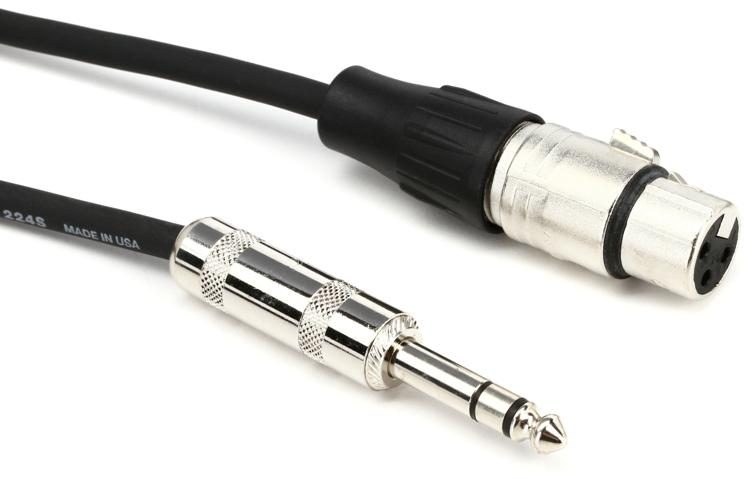BahamaDada
Roadie
- Messages
- 680
Hey folks,
I need reinsurance. Maybe just an opinion.
If we go by the Helix manual it says to never connect the XLR out to a device that has 48v engaged (Like my Scarlett 2i2 does all the time), yet when I google the issue there are a hell lot of threads (mostly on the official forum) debating that. Some ppl had their Helix on a PP serving device for weeks and nothing happened. For others it's just worse than the 2012 Maya apocalypse.
You guys are knowledged (I guess?) and have some experience. What's the truth here? I mean, yes, basically I should do what the official manual tells me, but it seems that ymmv in this situation.
(Definetly going to get a XLR phantom blocker down the line.)
I need reinsurance. Maybe just an opinion.
If we go by the Helix manual it says to never connect the XLR out to a device that has 48v engaged (Like my Scarlett 2i2 does all the time), yet when I google the issue there are a hell lot of threads (mostly on the official forum) debating that. Some ppl had their Helix on a PP serving device for weeks and nothing happened. For others it's just worse than the 2012 Maya apocalypse.
You guys are knowledged (I guess?) and have some experience. What's the truth here? I mean, yes, basically I should do what the official manual tells me, but it seems that ymmv in this situation.
(Definetly going to get a XLR phantom blocker down the line.)

